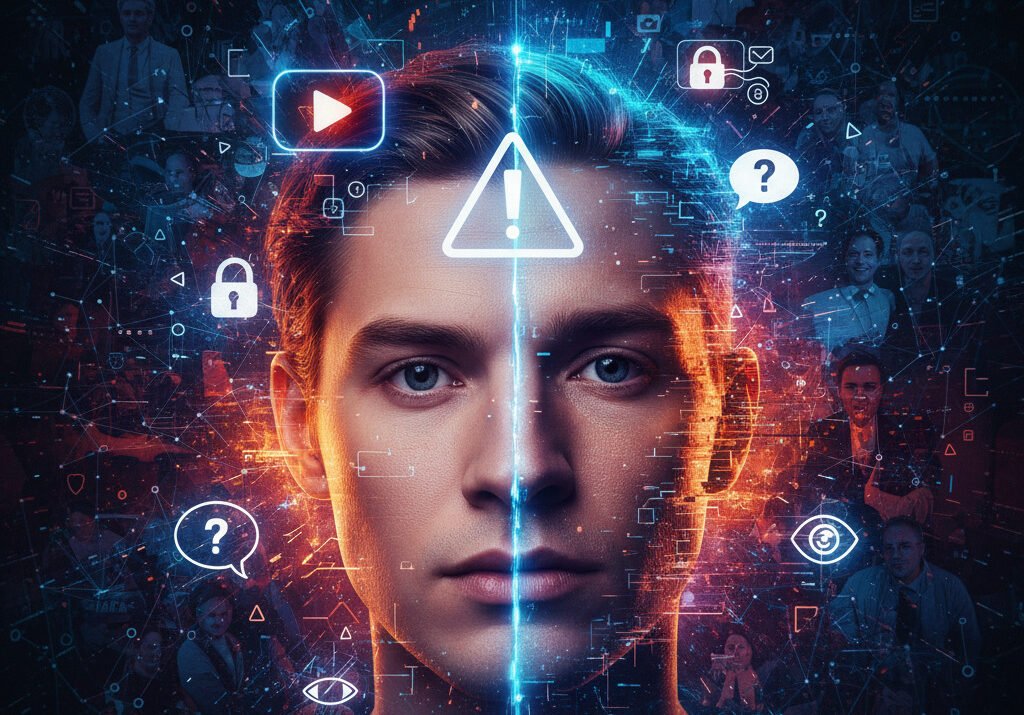It was supposed to be an ordinary board meeting. But for Jill Popelka, chief executive of the cybersecurity giant Darktrace, it became a moment of reckoning.
While she was physically present elsewhere, her team received a voicemail — apparently from her — requesting confidential corporate details. The voice was perfect: tone, accent, phrasing, all indistinguishable from the real Popelka.
“I couldn’t tell the difference,” she later admitted at The Times UK Tech Summit in London. “They can just type in a message and my voice can instantly be replicated. These deepfakes exploit human vulnerability — and they’re very hard to protect from.”
For a CEO leading one of the world’s foremost AI-driven cybersecurity firms, the incident was both ironic and alarming. It underscored a chilling truth: even those guarding against digital deception can become its victims.
AI Illusions and the Limits of Human Detection
Popelka’s revelation comes amid a surge of AI-enabled impersonation scams that are rapidly outpacing the tools designed to detect them. Her research team at Darktrace later recreated the hoax using publicly available software, proving how little data — sometimes just a 30-second clip — is needed to clone a person’s voice.
FCRF Launches CCLP Program to Train India’s Next Generation of Cyber Law Practitioners
Etienne De Burgh, a senior specialist at Google Cloud who shared the stage, called the case a “wake-up call.” “We knew the technology existed,” he said, “but it’s far more believable now than even a year ago.”
Similar deepfake incidents have already led to massive financial losses: a UK energy firm was tricked into transferring €220,000 in 2019, while an Asian multinational lost $35 million in 2023 after a finance executive was duped by a fake video call featuring a cloned CFO.
The Cybersecurity Paradox: Defenders Under Siege
Darktrace — founded in Cambridge and acquired earlier this year by U.S. private equity firm Thoma Bravo for £4.4 billion — built its reputation on identifying digital anomalies and protecting organizations from unseen threats.
But Popelka’s experience reveals a paradigm shift: the next wave of cyberattacks will target not just systems, but human perception itself. If a cybersecurity company can be fooled, so can the rest of the corporate world.
“The voice, the tone, the pauses — everything sounded real,” said a Darktrace executive familiar with the incident. “It forces us to rethink what ‘identity verification’ really means in an AI world.”
Darktrace’s systems, long focused on algorithmic anomalies, now face the more elusive challenge of detecting synthetic familiarity — machine-made authenticity designed to deceive the ear, not the code.
Trust as the New Cyber Frontier
The implications reach far beyond one company. As AI tools become more accessible, anyone with a laptop and a few voice clips can generate convincing deepfakes. Regulators in the U.K., EU, and U.S. are scrambling to design frameworks for watermarking synthetic content and mandating disclosure, but the legal response lags far behind the technology.
Experts warn that businesses must pivot toward trust-based cybersecurity: verifying people, not just passwords. Recommendations now include multi-factor authentication for all voice or video communications, mandatory secondary verification for sensitive requests, and proactive deployment of synthetic media detection tools.
Popelka’s experience, though embarrassing for a cybersecurity leader, may prove invaluable. “When the protectors can’t tell real from fake,” one analyst said, “that’s when the real danger begins.”
In an age where AI can mimic not just what we say but who we are, the ultimate firewall may be our ability to doubt — and verify.


